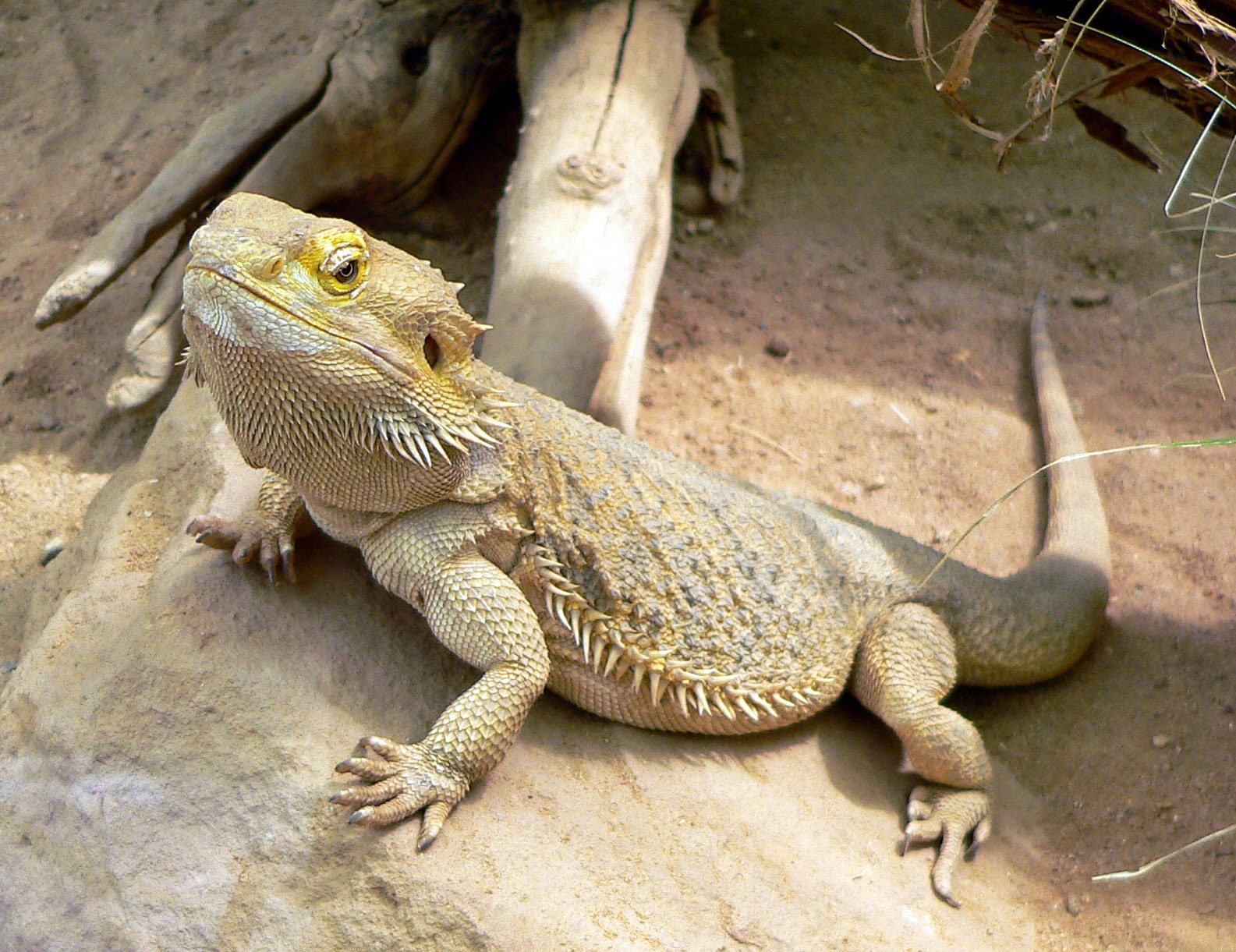The Ultimate Guide to Understanding & Dealing with Aggressive Bearded Dragon Behavior
Introduction
Bearded dragons are popular pets for a multitude of reasons - they’re friendly, low-maintenance, and highly adaptable. However, as much as we love them, sometimes our bearded dragons can exhibit aggressive behavior that can be difficult to manage. In this guide, we will explore the common reasons behind aggressive bearded dragon behavior, how to recognize it, and what you can do to prevent it from happening in the future.
Understand the Causes of Aggressive Bearded Dragon Behavior
Aggressive behavior in bearded dragons can be caused by a number of factors - both environmental and biological. The most common reasons for aggressive behavior include:
- Territorial aggression
- Food aggression
- Mating aggression
- Stress and anxiety
- Illness or injury

Territorial Aggression
Bearded dragons can be incredibly territorial animals, often becoming defensive when other animals or humans enter their designated space. Signs of territorial aggression include puffing up their throat, bobbing their head, and darkening their beard. If you notice these behaviors, it may be best to give your bearded dragon some space until it calms down.
Food Aggression
Food aggression is common among bearded dragons and is often a result of them associating you with food. Signs of food aggression include biting, hissing, and tail whipping. To prevent this behavior, try not to hand-feed your bearded dragon and make sure to feed it in a designated area where it can’t associate you with food.
Mating Aggression
Male bearded dragons can exhibit aggressive behavior during breeding season, often attacking other males or even females in their territory. Signs of mating aggression include puffing up their throat, bobbing their head, and circling another dragon. If you have multiple bearded dragons, make sure to give them enough space and monitor them closely during breeding season.
Stress and Anxiety
Stress and anxiety can cause aggressive behavior in bearded dragons, which can be caused by various factors such as overcrowding in their habitat, loud noises or movements, and even a change in their regular routine. Signs of stress and anxiety include hiding, biting, hissing, and tail whipping. To prevent this behavior, it’s crucial to establish a consistent routine for your bearded dragon and keep its habitat clean and clutter-free.
Illness or Injury
Aggressive behavior can also be a sign of underlying health issues such as mites, respiratory infections, or even broken bones. If you notice your bearded dragon displaying aggressive behavior paired with other symptoms, it’s important to take them to a veterinarian immediately for diagnosis and treatment.
How to Manage Aggressive Bearded Dragon Behavior
Managing aggressive behavior in bearded dragons can be challenging, but it’s entirely possible. Here are some tips to help you successfully manage aggressive bearded dragon behavior:
- Understand the cause of the behavior
- Give your bearded dragon enough space
- Keep its habitat clean and clutter-free
- Avoid hand-feeding
- Establish a consistent routine and avoid sudden changes
- Provide your bearded dragon with plenty of hiding spots
- Monitor your bearded dragon’s behavior closely and seek veterinary care if necessary

Conclusion
Aggressive bearded dragon behavior can be frustrating and challenging to deal with, but understanding the causes and proper management techniques can help you handle the situation effectively. Always remember to provide your bearded dragon with the best care possible and monitor its health and behavior closely. With patience and care, you can manage aggressive behavior in your bearded dragon and enjoy a happy, healthy life together.
